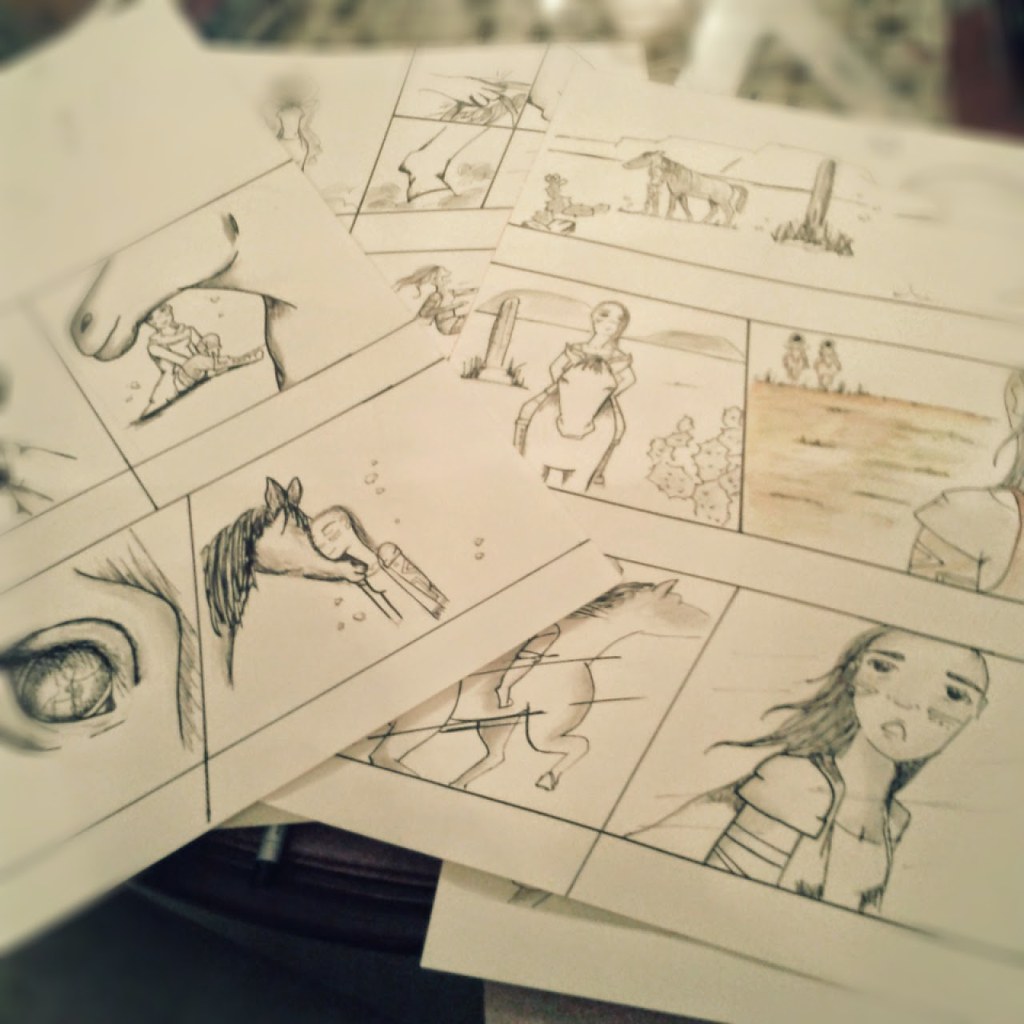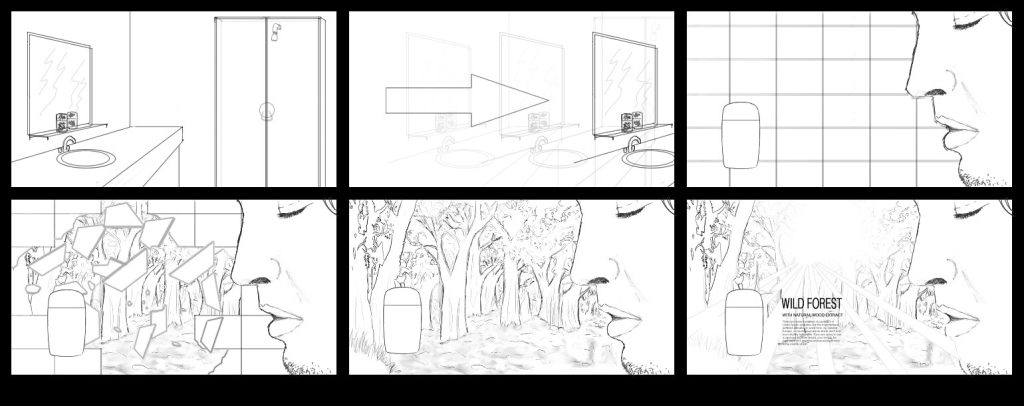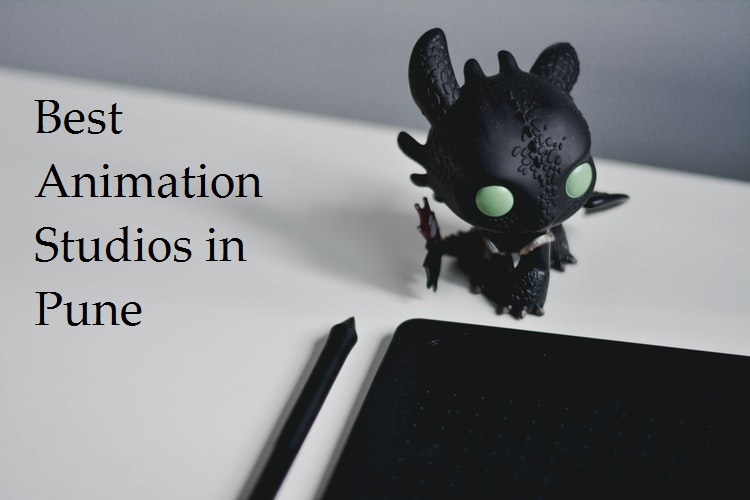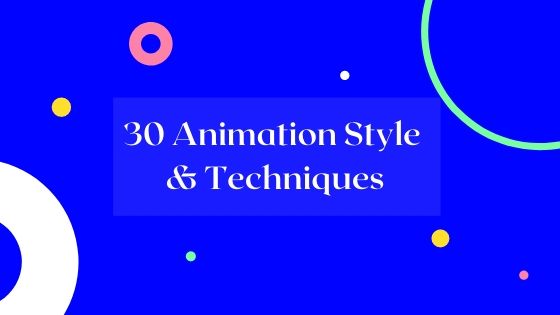It is simple to begin the animation, but it is challenging to master. Starting with an animated short film is an excellent method to explore animation techniques while developing your “signature” style and creating good animation films.
Dubbed material provides people with more variety and access to some of the best entertainment in a language they understand from across the world. On the other hand, Dubbing is a challenging job with numerous obstacles.
Animated films take time, dedication, and a lot of preparation to get right, just like any other film, yet anyone with a computer can create an animated short film. Finding the proper voice actor to animate each character is more important than just making it, expressing its personality.
And creating the impression that the character is talking can be exceedingly difficult in animation dubbing by using all the processes perfectly. Now we’ll show you how to make a short, animated film using reliable and straightforward procedures, so let’s get started.
Making an animatic script
This is frequently easier than it sounds, but you must write down your ideas and structure them before working. These subjects and questions must inspire your ideas, such as themes or characters. You must consider the objective of the animated short film or the point you want to make from it.
This doesn’t have to be anything huge, significant, or difficult. It might be anything from books you have read or stories you have heard. As a result, consider it a guiding principle for your picture. Then there will keep your audience’s attention when watching your movie.
It would help if you also took the pictures that would come along with the words while crafting the script.
What is the location of the short? What is the prevailing mood or atmosphere? A screenplay must convey the entire story of the short film to be utilized as a model for future projects. Your scripts must have a beginning, middle, and end.
This may seem self-evident, yet practically all stories must be given in three distinct, delimited segments or acts. You must, however, plan out the “plot” of the short movie before proceeding to create an excellent short animated video.
Think of your animating mediums
Many animation tools and styles are available, each with its own set of subtleties and approaches. 2D Animation, for example. It has a typical cartoon, hand-drawn appearance, with flat line drawings for the figures. Typically, 12-24 drawings per second of the film have been used.
The most advanced 3D Animation is like the models used in video games and films such as Toy Story and Shrek, but it is far more difficult to master. Most of the 3D animation results from big groups of people working together. You create character models and program movement into them, creating 3D animation, a combination of art and programming. Lighting and texturing are also required.
- Stop-Motion animation is the finest after 3D animation. Stop-motion is when you utilize real-life figures or drawings and capture a picture after each minor movement. It is very simple compared to anyone who can do it. It appears to move when the images are played back-to-back at rapid speeds.
It is, however, quite a time demanding since it sometimes takes upwards of 12 images per second of footage to appear smooth. Cutouts, clay models, individual sketches, or real individuals can all be used to create it.
- Rotoscoping is the last one. The product is a realistic but moving image. It is also a type of animation that can be found in many animated movies. Rotoscoping can also be used to add animation to conventionally shot films. You’ll need a tablet, and you’ll walk through the film frame by frame, creating the characters using the live video as a guide.
Good Storyboards

Storyboards are distinct illustrations for each action in the script, and they are utilized in practically every animated and non-animated film. They’re both basic and extensive, as you’ll need one for any alteration you would like to make in the movie to create an excellent animated short film. However, they do not require visual details or colour unless the storyline requires it.
You can draw your storyboard or use one of the many free storyboard templates available online.
Each storyboard frame is made up of two parts:
- The Illustration: Draw the main action of the shot in a rectangular box, ignoring background graphics for now. To show movement, you can also draw notes or arrows.
- The Conversation: Write out what needs to be shown in the shot, the planned length of the picture, and any effects beneath the shot.
Frame the Storyboards

Animatics are rough animation cuts that help you get the pace and rhythm of your short together while also allowing you to fine-tune the timing for the final short. This may appear hard, but they are simply slideshows with perfect timing. Put the storyboard images in the order in your editing software and play around with them until you get a rough cut of the final animated short film.
Examples of such types can be found online, including the animatic for a music video and more complex animatics. Almost every animated film begins with an animatic for creating an excellent short animated video. Otherwise, you risk wasting hours animating a scene that needs to be changed, lengthened or shortened, or is eliminated.
Effective backgrounds
Begin with your settings, as the characters will be overlaid on top of them. Everything that the characters do not engage with should be in the background, as anything that moves must be animated for your animated short film. A large drawing should be used as the background, scanned in at a high resolution. This allows you to “zoom in” on specific areas without distorting the image.
For instance, if two characters are conversing at a cafe, you might wish to portray the entire cafe behind them. However, you might want the camera to focus on each character as they chat. Instead of redrawing the scene behind him, you can retype or construct a smaller part of your intricate background for close-ups.
Design your key poses
Consider the fundamental stances or distinguishing acts that each of your characters does in the scene as the destinations for each piece of movement. Consider a character getting ready to throw a punch or making some gestures. Some of the poses and sketches must be created by you.
This can be divided into three key positions, each of which must be drawn and saved separately. It could be a surprising, angry, or determined expression, or simply the character’s hands at its sides, as relaxing. They are winding up to illustrate how the character moves their arms back and forth in this manner.
Don’t worry about the movement that got you here yet; draw them out now with their arm ready and able to release. How does the character end up just after the punch in the Follow Through type? Their arm will most likely be revealed, and their body will most likely follow suit.
The final stance, not the frames as the hand moves through them, is what you desire. The movement will become more intricate as you design more essential postures. You can include keyframes of the figure looking surprised, balling their fist, dropping their elbow, swinging their arm, punching, and then whirling around on the follow-through to create an excellent short animated film.
Sound effects and adjust the timing of your animatic
So, when you have your rough timing down, it is time to pre-record the dialogue which you will use. This doesn’t have to be always perfect, and you can even use the sound effects artificially with your mouth and hands if you want. So what matters is the timing when you use it.
The final animated short film must tell the complete story or details of your film, adding or removing the trimmings of colour, backgrounds, and details if required. You should have enough time in the shot to get all the words out according to the animation. Extend or shorten the length of your slides as necessary, which also depends on the script. The closer you can get along with the dialogue to perfect, the better because most good voice acting requires proper timing to do it. That said, now’s not the time to stress about the finer details of voice acting. You need to get your film together before moving to full production or the final production steps.
Also, If you are knowledgeable in video editing, you can add pans, zooms, and transitions right now to test them before your final editing.
Composite the footage
Composting is a fancy way of saying that the movie is being put together. This might be as basic as organizing all of the frames for a stop-motion animation or as complex as producing a 3D object with precise lighting. Again, the way you composite something will be determined by your
animation method: Compositing is the process of making motion look smooth for 2D animators. Know that this takes a long time for 3D animators to create an excellent animated short film. Even the fastest computers can take hours to composite a movie because lighting effects and texture are difficult to program.
To make it smooth, fluid action, stop-motion animators must experiment with frame length by altering the shots by a tenth or hundredth of a second.
Final vision
While trimming, cutting, and building your movie, these kinds of little adjustments are needless for your animated short film. If you want your movie to have an old-fashioned sepia colour, for example, add it last. Furthermore, if the scene is cut or the colour palette is changed, it will be useless. These minor details should be added last, after the “meat” of the film has been completed.
Adding wipes, dissolves, or fade-ins to scene transitions, for example. Over the final clip, apply any filters or effects you choose. Some of the transitions are likely clumsy, and one or two scenes go longer than they should. Just as you would with a live-action picture, you must edit your animation piece with a critical eye and polish it until it shines.
In the end, add titles and credits as needed at the beginning and conclusion. Now that the animation is nearly complete, it is time to perfect the vocals.
Inspiration
We hope this article has provided you with all the necessary information to create an excellent short animated video. It is difficult to stick with a large undertaking if you don’t have a lot of motivation. Find something you can’t leave without completing, something that would be a dream come true for us. This will give you the motivation that you need to achieve an objective.
There are many steps in creating an excellent animated short film that will attract the audience. For a master animated short, you need to do a lot of hands-on animation.
For any assistance related to animation, you may reach out to the site below: Animation Studio


